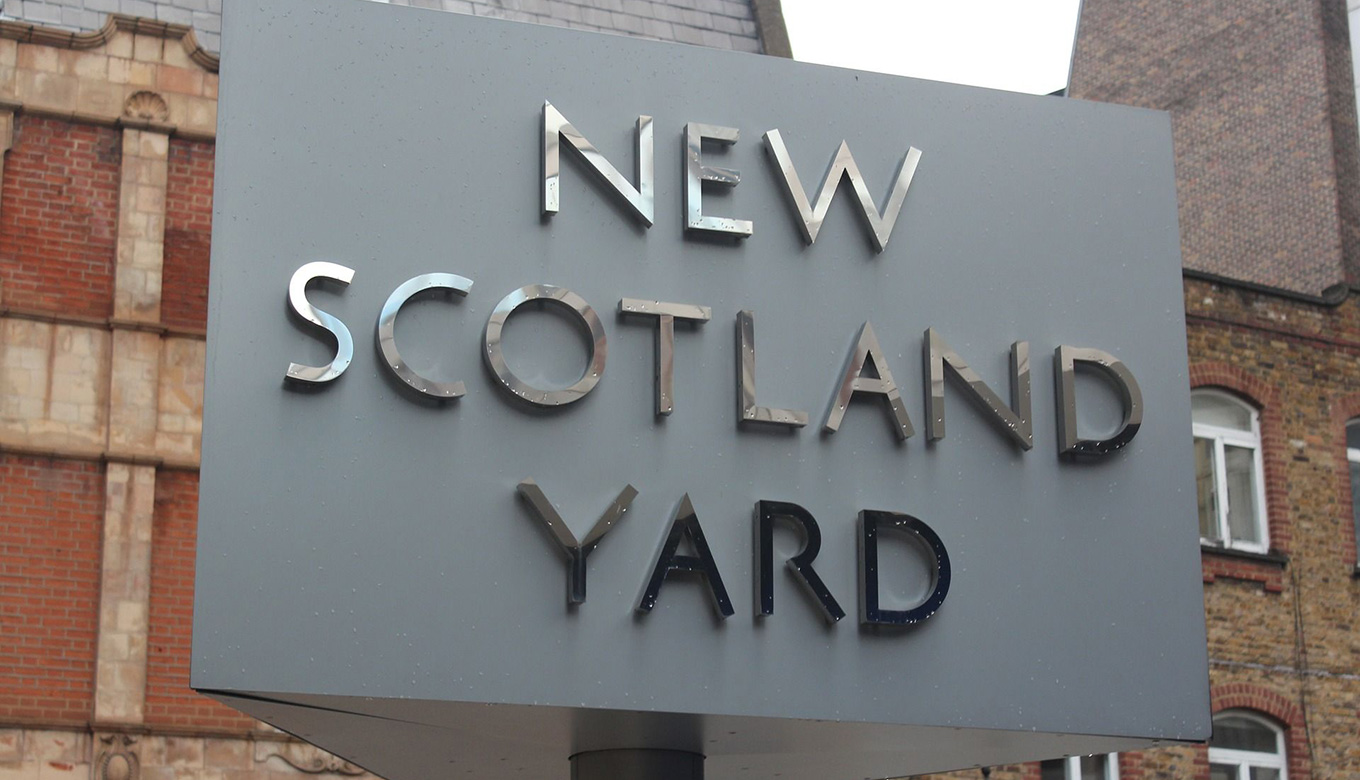INTERPOL seized $40m worth of food and drinks supplies over the summer! Law enforcement agencies and private sector companies from 77 countries took part in Operation Opsen IX and seized 12,000 tonnes of produce.[1]
It included meat from illegally slaughtered animals, cheese which had tested positive for E.coli and food falsely labelled as medicinal cures.
Organised criminal groups are capitalising on the disruption caused by Covid-19 to profit from unstable supply routes.
Types Of Food Fraud
Food fraud is estimated to cost the UK £12bn ($15.5bn) each year![2] There are many different types of food fraud which can enter your supply chain. We’ve collated some of the most common examples.
Dilution with an inferior product led to 300,000 people becoming ill in China after consuming milk that had been diluted with water. Contaminated melamine was added to the milk to counteract the lack of protein in the water.
UK readers will be familiar with the substitution of products such as in the horse meat scandal. Horse meat was illegally sold as beef and ultimately led to £300m ($388m) being wiped from Tesco’s share price.
Concealment is where an inferior type of product is used inside one of higher value. The 1981 olive oil scandal is perhaps the biggest food fraud of all time. Traders illegally removed the aniline from industrial rapeseed oil and labelled it as olive oil. Over 1,000 people died from an allergic reaction.
Mislabelling is so common that every consumer could have been victim to it. Oceana conducted a study in the USA between 2010 and 2012 which found that 33% of samples they took from restaurants and grocery shops were mislabelled as the incorrect fish.[3]
Another example that strikes close to the heart of a lot of consumers is counterfeiting. This is common in wine and honey. The first successful case of prosecution for counterfeiting wine was in the Kurniawan case. Kurniawan befriended wealthy investors in wine and passed off inferior bottles as vintage.
How To Prevent Food Fraud
Preventing fraud in your supply chain has to be part of an ongoing effort to be one step ahead of fraudsters.
One of the most robust ways to protect yourself is to do suitable testing. Testing of food can determine information about its geographic origins, which is how to authenticate genuine Manuka honey.
Another prevention method is to know your supplier. Contingent offer a single source of truth for your supply base’s operations through multiple tiers. This enables to confirm your supplier’s vulnerability assessments.
Contingent will also monitor news around the clock. A scandal where sick cows were being slaughtered for meat broke in Poland, but the meat was exported to 12 countries. You need to keep on top of supplier risk events wherever they’re operating.
Conclusion
Food fraud can have devastating consequences for consumers’ health, animal welfare and companies’ profits.
Unfortunately, criminals will use the time when we’re focussing our efforts on the pandemic to try and infiltrate the food supply chain with inferior products.
Customers can be defended from potential threats with the use of technology to combat criminal activity. Proactive supply chain monitoring is a powerful tool against fraud.
[1] https://www.interpol.int/en/News-and-Events/News/2020/Food-fraud-in-times-of-COVID-19
[2] https://www.nfumutual.co.uk/globalassets/news-and-stories/pdfs/nfu-mutual-food-fraud-report-2018.pdf
[3] https://oceana.org/sites/default/files/National_Seafood_Fraud_Testing_Results_Highlights_FINAL.pdf





